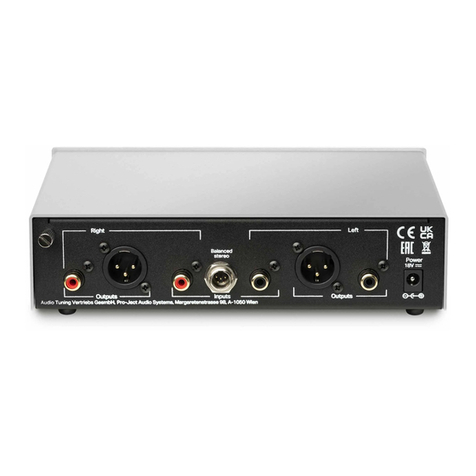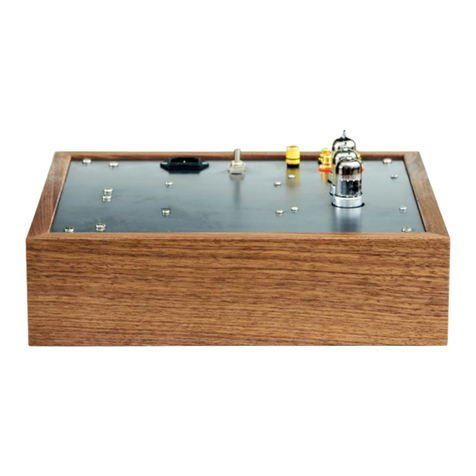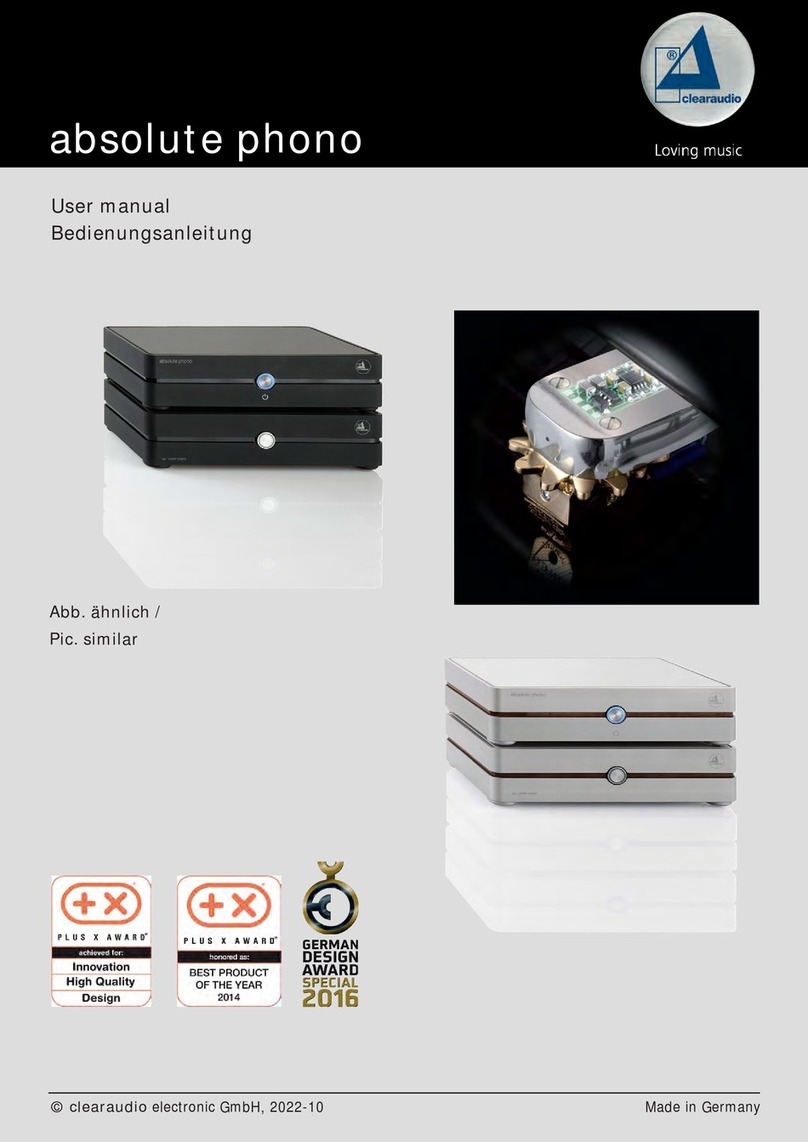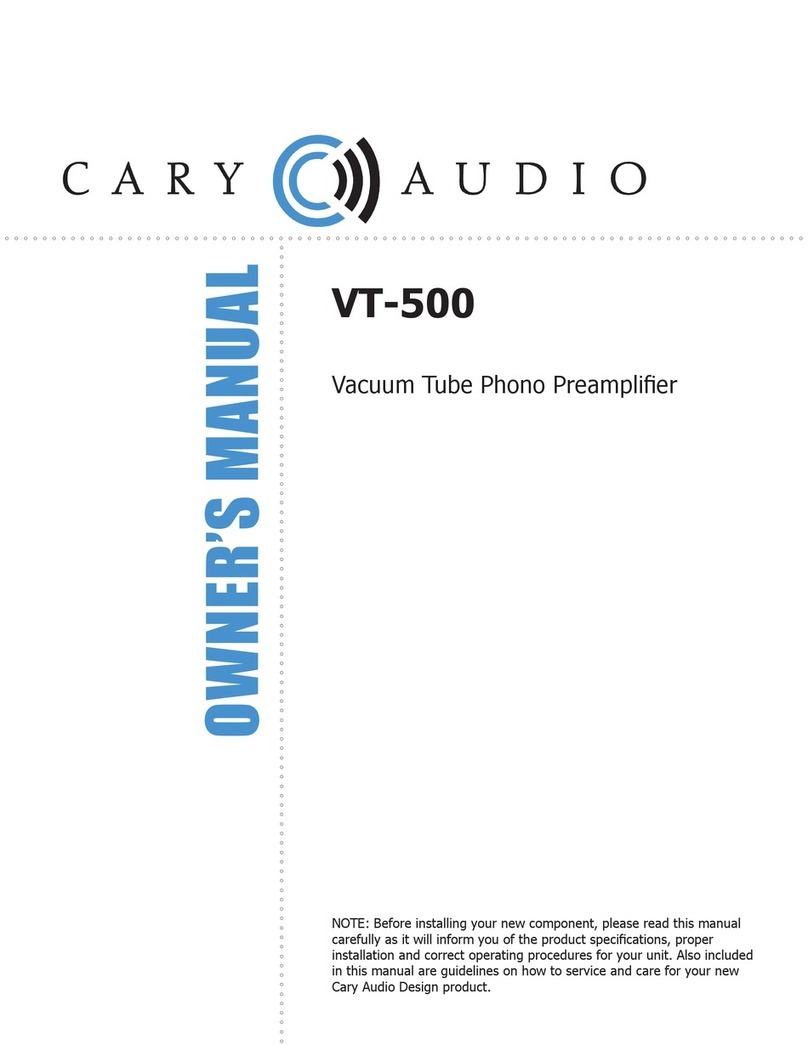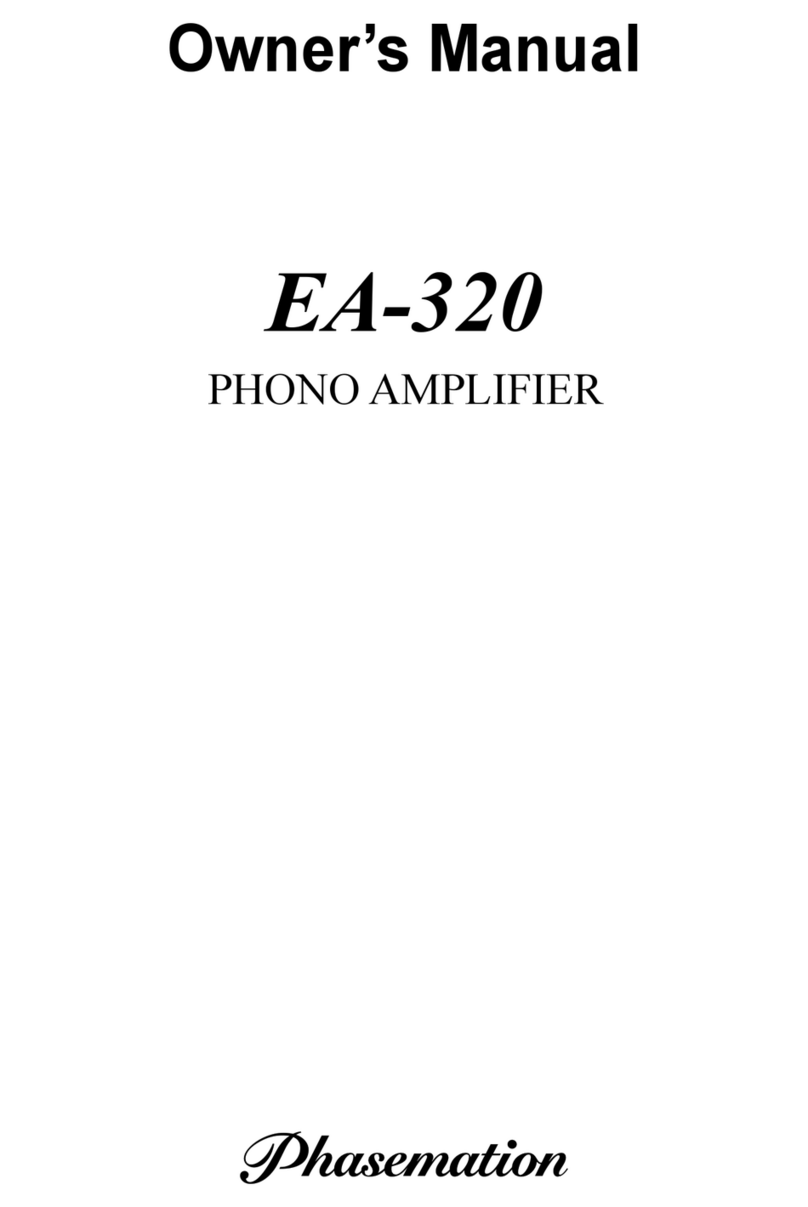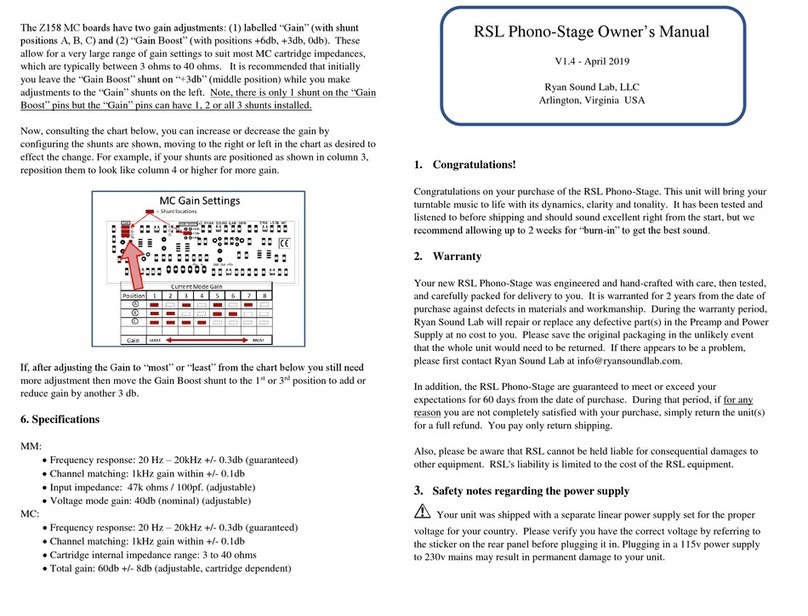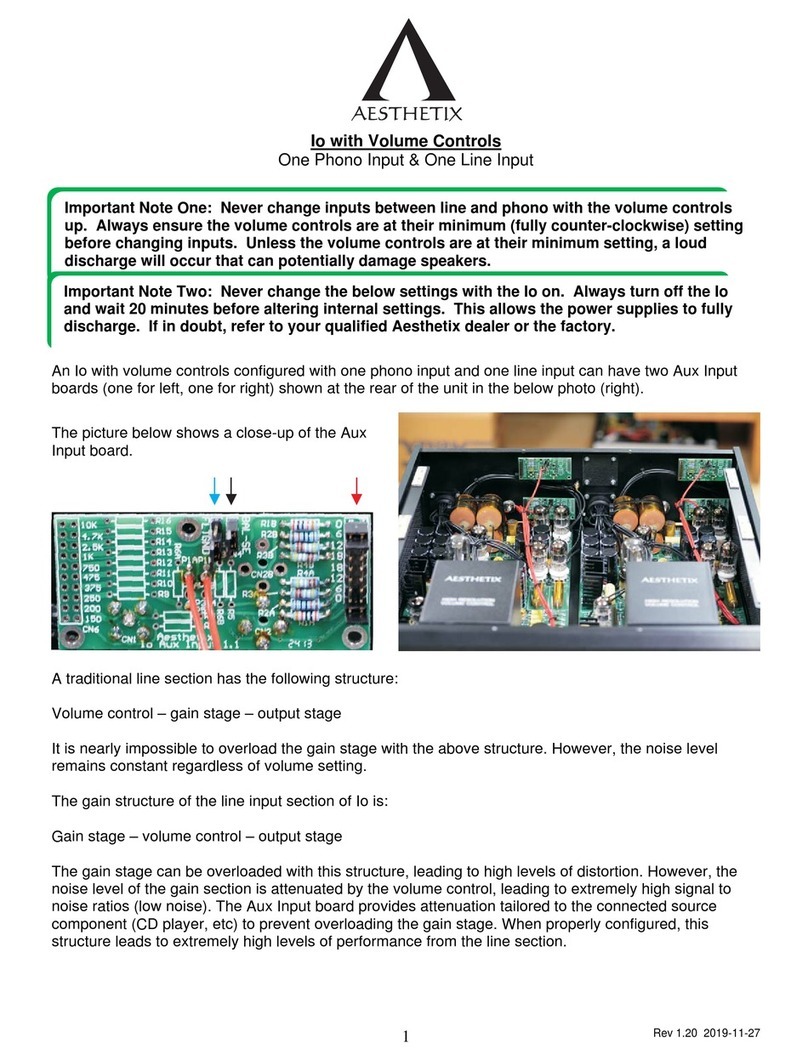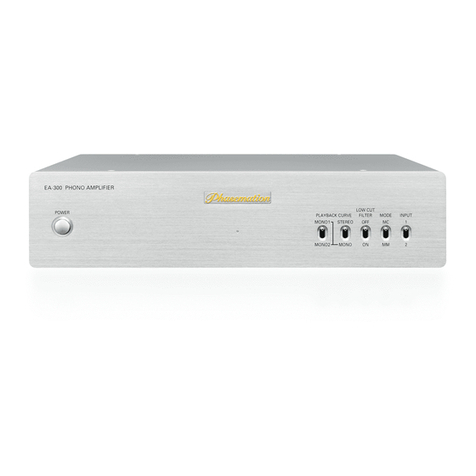
Copyright © 2019 AudioNote Kits
www.AudioNoteKits.com
1.1 About ANK Audio Kits
Audio Note (UK) started out in the early '90s developing several DIY audio kits while they were
building up their finished product business. DIY Audio has a long history and it was an opportunity
for knowledgeable customers to take advantage of world class designs and components. Audio Note
(UK) was focused on using the very finest materials and components custom-made to their
specifications, across their entire product line —from custom film and electrolytic capacitors to
tantalum resistors, transformers, binding posts, wires, etc. The Kit1 300B single-ended integrated
amplifier was born during development of the Meishu and it proved to be extremely popular
worldwide. The ANKit business was born!
As the finished product business and dealer network started to flourish, Audio Note (UK) eventually
moved the kit business off into a separate division; thus, in 2004, Audio Note Kits started up and was
supported by a website so that customers not located near Audio Note (UK) dealers could order kits
and have them shipped direct. Kit development continued in earnest during the 2000s with
development assisted by Audio Note (UK) engineering. Audio Note (UK) parts were used throughout
the kits, depending on the various levels and budgets. By 2013, ANK Audio Kits (as it came to be
called) had developed a wide product range covering all areas of two channel audio: a single-ended
300B product line, an EL34 Class AB and single-ended product line, digital to analog converters, pre-
amplifiers, phono stages, and Audio Note (UK) speaker kits. The end result today is that customers
worldwide with DIY skills can now build an entire high end audio system to their liking. With the
introduction of higher product levels in 2013 and the release of the Level 5 Mentor Pre-amplifier and
the DAC 5.1 Signature, some customers wanted these high end products assembled by a professional
builder. As a result, ANK Audio Kits began offering this service for some Level 4 and 5 products so
that a significant investment in a kit could be turned into a work of art! Since ANK Audio Kits was
born in 2004, over 2,500 kits have been shipped to customers worldwide. Clearly, there is a real
demand for high end audio kits and ANK Audio Kits has been delivering the goods now for 15 years.
We believe and hope that you will have a great experience building your kit and we look forward to
hearing from you about your experience.
Regards,
Brian Smith —Director ANK Audio Kits

